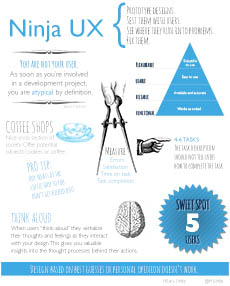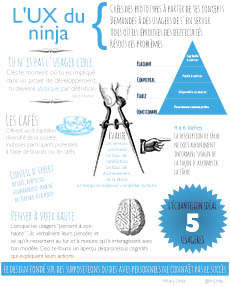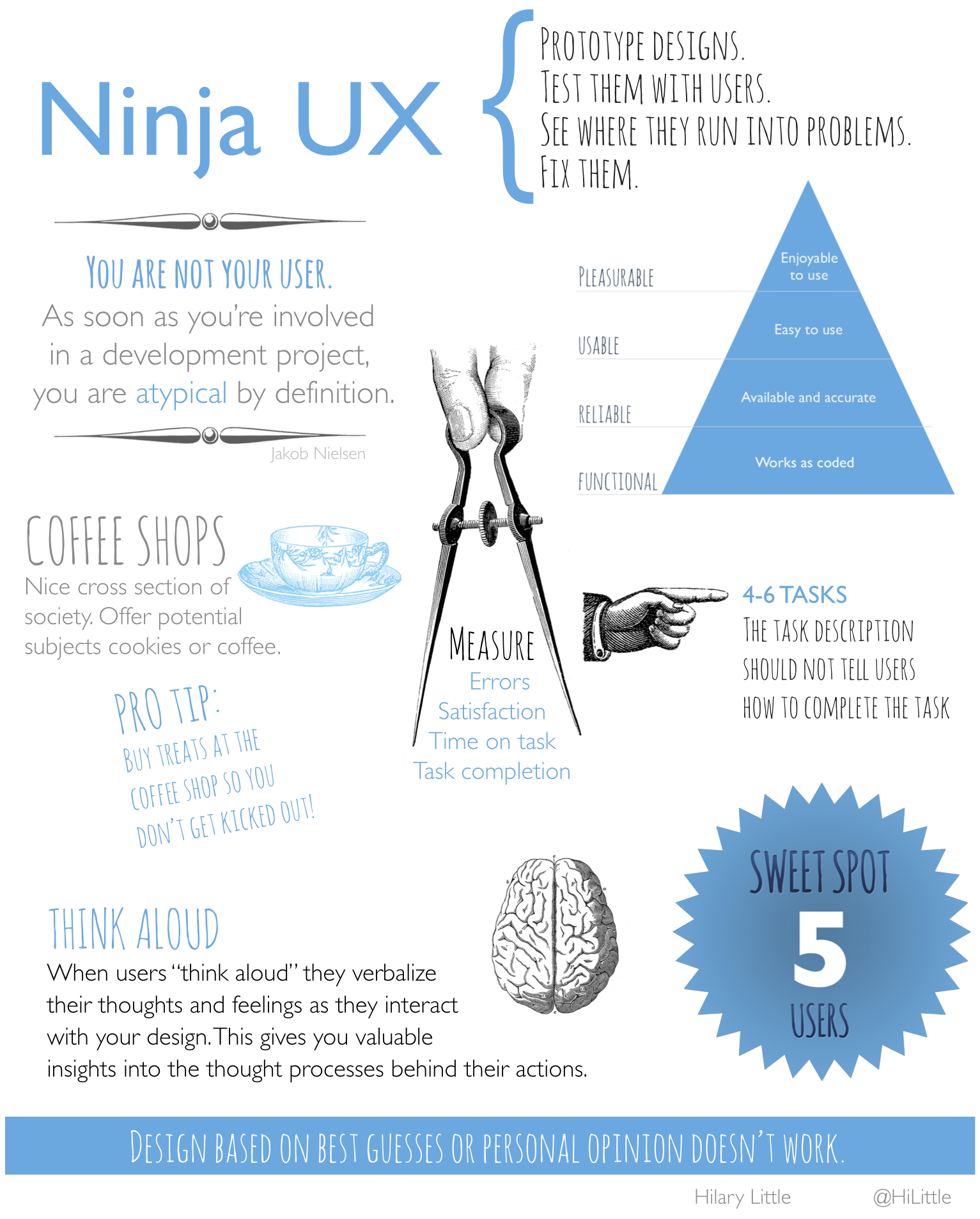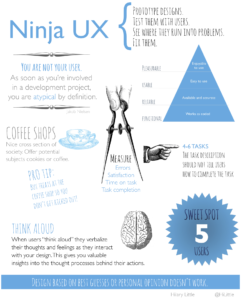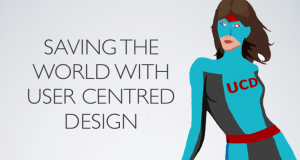
“EVERY DOLLAR SPENT ON UX BRINGS IN BETWEEN $2 AND $100 DOLLARS IN RETURN.”
We all know the business case for doing user experience work: investing upfront in making products easy to use really pays off. It reduces project risk, cost and time while improving end user satisfaction, efficiency and effectiveness.
(Don’t know the business case? Read this, or this. Or this.)
But what happens if you’re investing in UX work and not getting results?
There could be many factors behind an under-performing user experience effort. Anything from lack of tools to an impending zombie apocalypse could wreak havoc on your teams. Addressing those are outside my area of expertise.
Here’s where I know what I’m talking about. First, rule out the obvious: your UX folks are jerks, they don’t communicate well, they don’t understand business, they aren’t team players, they have such terrible body odour people stay 10 feet away…
Next, look at your organization.
I’ve based the following list on observations accumulated over my years as a UX professional. These are some common organizational “behaviour” patterns that can make even the best UX efforts ineffective.
1. You hired the wrong people.
User experience design is getting a lot of attention lately and UX is a buzzword many want to add to their resumes. But the field has been around for many years now (although under different names) and is fairly mature. Until a person has done full-time UX work – not as an aspect of their job, but as the job) for at least 2-3 years, they are generally not yet at a professional level.
How to spot a UX pro:
- He displays high empathy, excellent communication skills and lots of curiosity.
- She doesn’t design based on personal preference or opinion, and will try to make sure you don’t either. She bases her design decisions on user research, heuristics, test data and UI design patterns.
- He is not attached to his designs. In fact, he starts with sketches and wireframes and happily crumples up many iterations before progressing to a detailed level of design.
- She starts with concept, structure and information design before progressing to interaction and visual design. If the first thing she shows you looks like it could be the final product, she’s probably not a UX pro.
- He is very interested in measurable success metrics and uses them to drive design direction and test protocol. If he speaks of making something easy, but can’t say how he’ll measure how easy it is, he’s not a UX pro.
2. You’re not letting the right people do their job.
Great! You’ve got a solid UX pro or team and an exciting project kicked off. I hate to say it, but sometimes the very organization that values UX and hires us to do UX work is also the biggest impediment to their UX team’s success. Here are some rules of engagement that will enable them to do their best work.
- They really do need to talk with and observe end users before the design gets done. This is the underpinning of what UX does. Give them reasonable and timely access to end users.
- Don’t provide subject-matter experts in place of users. Your team will tell you they’re not appropriate substitutes, and they’re right.
- Give designers authority (within technical constraints) on design decisions, and researchers authority on test protocol and data interpretation.
- Never do design by committee. It’s a quick way to degrade a design.
- You’ve hired your team to make your product successful. Be ready to make design changes – sometimes big ones – following user research and usability testing. The more usability recommendations are declined, the poorer quality the product’s user experience will be.
- Don’t nibble the design to death. Making a series of minor changes here and there, or picking and choosing which aspects of a design to keep or omit almost always creates new usability issues.
- Clearly define roles and responsibilities for all team members at the beginning of project work.
3. UX work is done in a silo.
User experience work touches almost every aspect of an application or website project. Your UX resources will need regular check-ins with a multi-disciplinary team. At the very least, a development resource must be available to vet designs for technical feasibility, and a business resource needs to make sure you’re aligned with their goals.
The risk of not having a technical resource aware of the design direction from the beginning is that time gets wasted working on a design that the coders can’t build. The risk of not having a business resource is that your design will not meet business needs, making it a waste of time and effort.
Although there is a UX team responsible for designing your product, many other groups contribute to the final user experience. Establishing a shared vision across all the groups involved in a project can go a long way towards effective teamwork a coordinated effort, and a great design.
4. The UX team is brought in too late.
Ironically, many people view UX work as something that is done after coding to “make it look good”. They couldn’t be more wrong. We not-so-secretly call doing this “putting lipstick on a pig”.
The best time to bring in your UX team is at the initiation phase of the project lifecycle. The role of UX at this stage is to help define requirements and structural design based on user needs. This is where we have the biggest impact.
Because user experience pros follow a methodology called User Centred Design, they need to stay consistently ahead of the development team. For product design to be user-centred, the design should be iterated and validated before it’s coded.
Thanks for reading this post. Have you observed other reasons UX teams might fall short? Please share your own experiences and thoughts by commenting.
More information:

